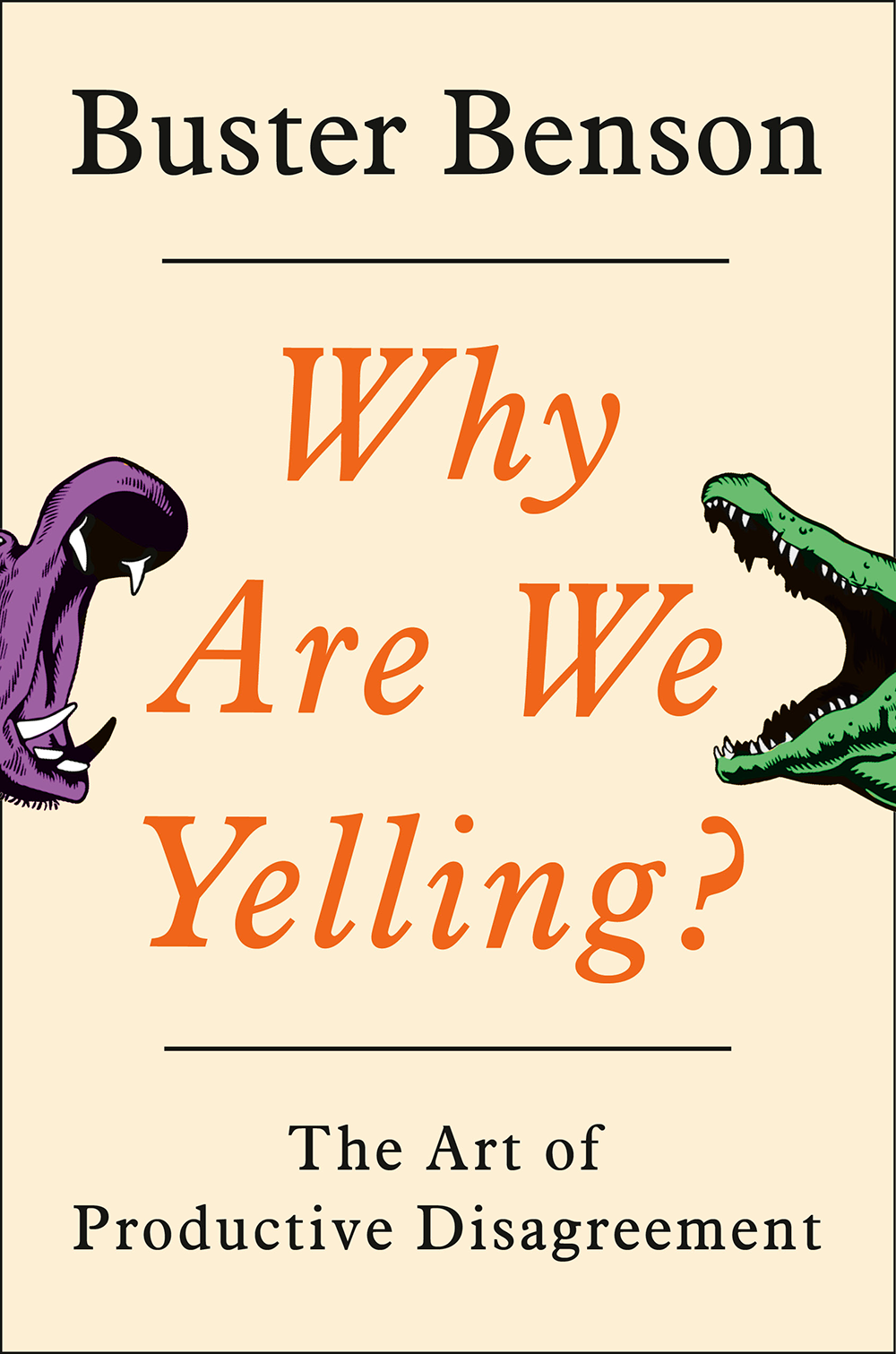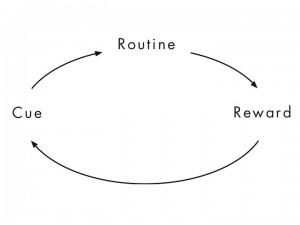Photo filters are quite popular these days. They’re cool because they add personality to a photo with minimal work.
It turns out that OUR PERSONALITIES are also the output of a number of personal distorting filters applied to the universe.
Imagine an unbiased, uninterpreted, unsimplified, unprocessed, view of the universe.
Then think about how you view the universe.
How many filters, distortions, and processing are there between you and the unfiltered universe?
To help make the point, think about COLOR. The application of color to the universe is the result of a brain filter. One that translates a small segment of the light spectrum into a map that relates each frequency of light to a color that represents a specific blend of those 3 colors.
Then there are the filters that translate shapes, textures, sounds, smells, movements, depths, etc into similarly simplified, but meaningful, objects that are easier to manipulate in our brains.
Then there are the filters that try to simplify things so that we can survive in a constant overload of information. We create filters designed to pull out the important information so that we can toss the rest. This means that we are always on the look out for NEW information, SHOCKING information, and information that VALIDATES our existing theories about the world.
Then there are the filters that bias our brain to prefer information, ideas, things, people, etc that are close to us and useful to us. A person dying 10,000 miles from us …



